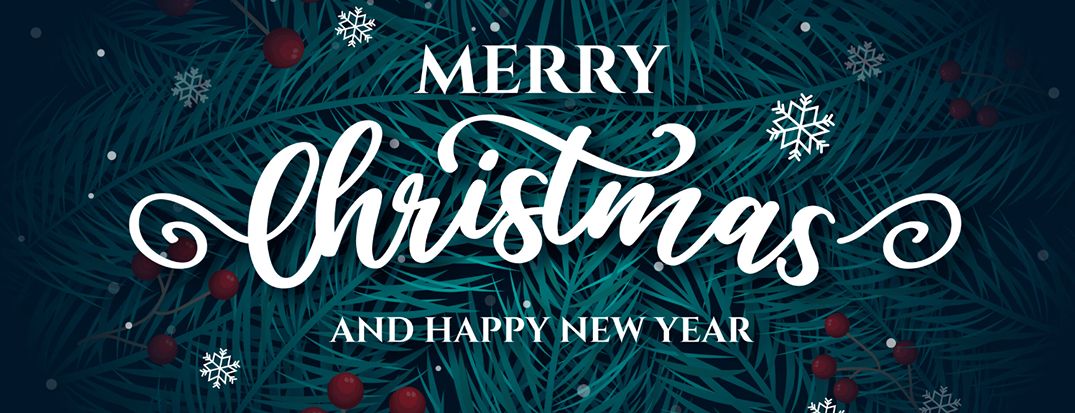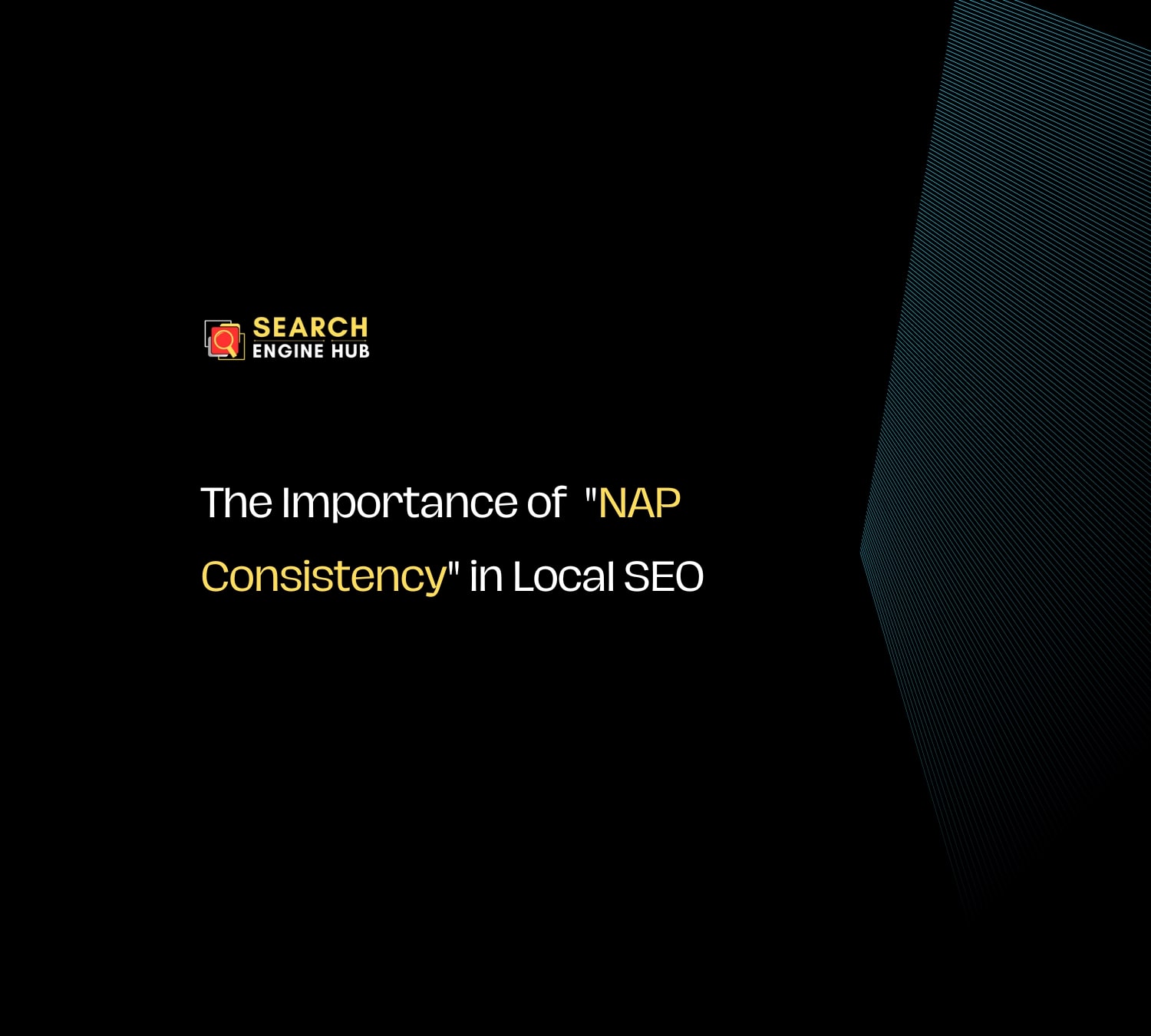Optimizing a website for better online visibility involves using the right tools and strategies. Managing content duplication is a key part of this, as it can negatively affect search rankings. The canonical tag, a crucial HTML element, helps search engines understand which version of a page to prioritize, ensuring your site avoids duplication issues.
When working with our clients, we’ve seen how properly implementing canonical tags has improved their SEO performance by ensuring search engines focus on the most relevant pages. This not only prevents ranking drops but also enhances overall visibility.
In this article, we’ll cover the importance of canonical tags, how to use them effectively, and best practices to help you optimize your site, based on the results we’ve achieved with our clients.
What Are Canonical Tags?
Canonical tags are HTML elements used to prevent duplicate content issues on websites. They help search engines understand which version of a webpage is the preferred or “canonical” version when there are multiple versions with similar content. Here’s a simple explanation of how they work:
Purpose
1. Prevent Duplicate Content Issues
When similar or identical content appears on multiple URLs, search engines may get confused about which version to index and rank. Based on our experience, this can dilute rankings or even cause penalties. Canonical tags act as a guide for search engines, indicating which version of the content is the primary one. This helps avoid duplicate content problems and ensures search engines focus on the correct page.
2. Improve SEO
Canonical tags are also vital for strengthening your site’s SEO by consolidating duplicate content. This helps direct all ranking signals, like link equity, to the preferred page, maximizing its visibility and effectiveness. We’ve seen how proper use of canonical tags improves a site’s overall SEO performance by ensuring the most relevant version of your content gets the attention it deserves.
For SEO specialists, using canonical tags is key to ensuring ranking signals aren’t spread across duplicates, but concentrated on the right page, boosting your search visibility.
How to Use
- Insert in HTML: Add the canonical tag in the <head> section of the HTML code of the non-preferred pages. It looks like this: <link rel=”canonical” href=”https://www.example.com/preferred-page” />
- Preferred Page URL: Replace https://www.example.com/preferred-page with the URL of the page you want search engines to consider as the main version.
How To Implement Them Correctly
Implementing these HTML elements involves adding a specific line of code in the webpage’s header, signaling the preferred URL. Attention to detail is crucial:
- Consistent implementation across your digital presence ensures that algorithms correctly understand and prioritize your primary content. This uniformity helps in maintaining a coherent structure that platforms can easily navigate and rank.
- These elements should be part of a holistic approach to web optimization. Including them in your strategy along with optimizing other on-page elements such as headings, meta descriptions, and images ensures a robust framework that enhances both user experience and algorithmic assessment.
- When specifying the preferred version of content, absolute URLs (which include the protocol and domain name) are generally recommended over relative URLs to avoid confusion and ensure clarity for web crawlers.
- Platforms frequently update their algorithms. Keeping abreast of these changes and understanding how they impact the interpretation of these HTML elements can help in making necessary adjustments to maintain optimal visibility.
- If you work with a team, ensure everyone understands the importance and correct use of these elements. This knowledge is crucial for content creators, web developers, and digital marketers alike to maintain consistency across your digital presence.
Avoiding Common Errors
Common mistakes that can affect your optimization include missing canonical tags, using incorrect URLs, or applying multiple tags on a single page. These errors can lead to confusion for search engines, resulting in improper indexing and negatively impacting your site’s rankings.
Fixing these issues in Google Search Console is crucial for preventing duplicate content, ensuring proper indexing of your pages, and improving your site’s overall visibility and search performance.
Advanced Applications
For complex websites, such as those in e-commerce with multiple product variations, the strategic use of these markers becomes even more critical. They can help focus algorithmic attention and user traffic to a primary product page, enhancing the browsing experience and concentrating visibility.
Managing Across Extensive Content
With a large amount of content, managing these HTML elements can become a complex task. Tools that automate the detection of duplicate content and assist in generating these markers can simplify this process. Periodic reviews ensure their accuracy and effectiveness.
Measuring Impact
Assessing the effectiveness of these efforts involves monitoring changes in traffic and rankings. Analytics tools provide insights into how adjustments, including the application of these HTML elements, influence overall performance. This data is crucial for refining strategies and achieving optimal visibility.
Conclusion
Canonical tags play a crucial role in indicating the primary version of content to search engine algorithms, which helps optimize your web presence. When implemented correctly, they not only boost visibility but also improve user navigation by preventing duplicate content issues.
At Search Engine Hub, we’ve seen this frequently with our eCommerce clients, especially on product pages with identical names. Canonical tags ensure that your content remains clear and focused, contributing positively to your overall SEO strategy.
FAQs
While it’s best to avoid this, most platforms are designed to handle such errors by choosing one to follow. However, this can lead to unpredicted preferences, so it’s important to regularly audit your pages and correct any mistakes to ensure the correct version is prioritized.
No, they are part of the HTML header and have negligible impact on loading times. Their primary function is to guide web crawlers, not to alter the user experience directly.
For content that varies slightly but serves the same purpose (e.g., product pages with minor differences), it’s still beneficial to choose a primary version. This approach helps concentrate visibility and authority, making your overall digital presence stronger.
Applying them to every page can be beneficial, especially in complex websites where the potential for content duplication is high. It clarifies your preferred URL for similar content and assists in maintaining a clean, easily navigable structure for both users and algorithms.
They should be part of a coherent header strategy, working alongside meta tags, language tags, and others to provide a comprehensive set of instructions for web crawlers. Proper use and coordination ensure that your content is accurately represented and ranked.




